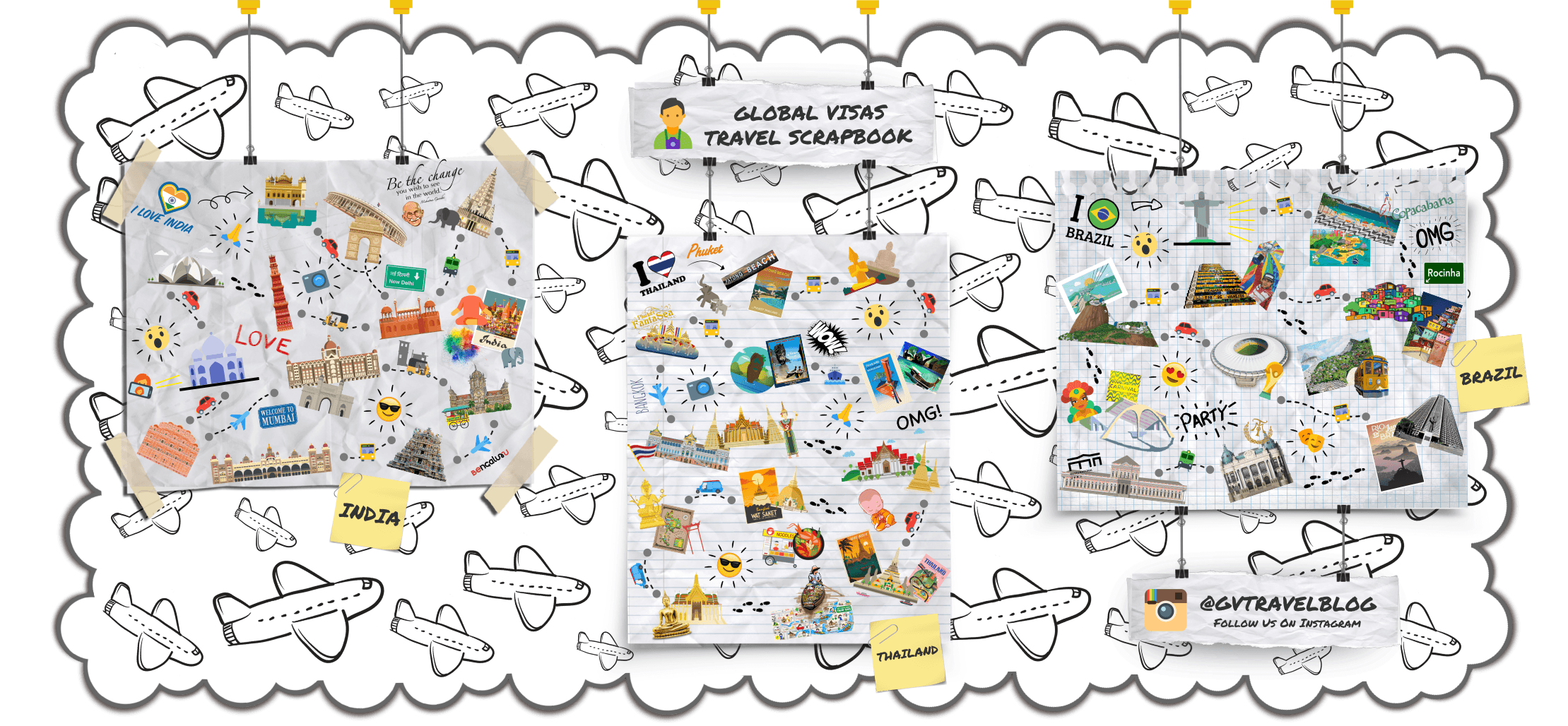BY PLANE:
Tsaradia Airlines (part of Air Madagascar) and Madagasikara Airways serve many destinations throughout the country, and provide a much faster option than driving given the poor state of many roads. Tsaradia airlines is notorious for changing flight schedules and cancelling flights. While the airline will provide you with a hotel and book you on the next available flight in the case of a cancellation, don’t book tight connections and always confirm your flight time the night before.
- The good news is airfares have got cheaper. You can now fly from Antananarivo to Nosy-be for 420,000 Ar with a 20-kg bag, or 360,000 Ar with out a bag.
- Tsaradia Airlines tickets can be booked on its website.
Passengers who arrive in Madagascar on a long-haul flight with Air Madagascar no longer get a 25% discount on Tsaradia Airlines.
BY TRAIN:
As of 2018 there is no service to Antananarivo. Check Madarail for updates.
There are four rail lines in Madagascar:
- Antananarivo-Ambatondrazaka via Moramanga, you can get on the train between Moramanga and Ambatondrazaka.
- Antananarivo-Antsirabe
- Fianarantsoa-Manakara three times a week each direction.
- Antananarivo-Toamasina: between Moramanga and Toamasina approximately twice a week.With the Malagasy railway network dating from the colonial period, breakdowns are frequent due to poor maintenance, and a line may be closed for several weeks.
The train is not the fastest and most comfortable means of travel, but it lets you admire the magnificent landscapes (especially on the line connecting Fianarantsoa to Manakara) and discover the Malagasy fruits and dishes offered at every stop. You can taste what is in season at little cost: crayfish, bananas, cinnamon apples, sambos, zebu sausages, oranges.
Travelling by train is cheap (1st class from Fianarantsoa to Manakara for 25,000 Ar. You want to choose a 1st class seat; or get up very early if you want to be sure to get a 2nd class ticket since it is always extremely crowded (the train is the only mean of transport for many villagers) and no booking is possible in 2nd class. The train that runs between Manakara and Fianarantsoa is unreliable because of the poor condition of the tracks.
For short trips, you might be able to board a goods train. Ask the driver but make sure you get off the train before entering the big cities since this way to travel is not totally legal.
BY CAR:
Madagascar’s roads are almost all of very low grade (with the exception of 2 routes leading out of Tana). Many roads are studded with potholes and are quagmires in the rainy season. Travel by road will almost always take much more time than you would normally expect. Hire of a 4WD vehicle can reduce this problem but the cost will be higher but still very cost effective if you are not travelling alone and able to split the rental fee between the members of your group (at least US$70/day/car as of October 2014). In nearly all cases a car rental will include the cost of a driver and his accommodation, but verify when booking your rental; most companies will not rent a car without a driver, and in many cases the driver can act as your guide and translator as well.
BY TAXI-BROUSSE:
Taxi-brousse, or interurban shared taxi, is the way most natives travel around the country. There are three major modern roads in the country: RN7 from Tana to Toliara, RN2 from Tana to Tomasina (via Brickaville) and RN4 from Tana to Mahajanga. Trips between those towns take about a day whereas traveling between Tana and Taolagnaro, a south-eastern coastal town, would take about 3 or 4 days due to the condition of the road. Travel is cramped and don’t expect air conditioning. Expect dust to be a problem in the dry season. Travel by taxi-brousse is guaranteed to test one’s patience and sanity, but there is quite possibly no better way to meet and interact with the locals and experience Madagascar as the Malagasy do.
Taxi-brousse is by far the cheapest way to travel, but do not expect to leave or arrive on time. Indeed, the drivers wait for their 15 seats small buses to get full before leaving, therefore a few hours delay is never excluded. However, during the trip it allows you to admire the breathtaking landscapes Madagascar holds. Destinations to most national parks and towns can be reached from “Antananarivo”, drivers will happily drop you off en route to their final destination.
- Cotisse Transport is one of the best ways to get around, to/from Mahajanga, Morondava, Fianarantsoa, Toamasina.
- Besady Plus buses leave on time, whether full or not. The provide free wifi and go between Antananarivo and Nosy Be via Ambanja, and from Antananarivo to Sainte Marie via Toamasina. The tickets include sea transfer.
BY TAXI-BE:
In Tana, the cheapest way to get around is by taxi-be, or big taxi, which is a bit larger than a mini-van. There is one aisle with seats to fold down so they can cram in even more people. During peak season, buses run frequently. Prices are around 600 Ar, as of November 2018, the 183 which is one of the buses going to Cotisse Transport costs 400 Ar.
BY BOAT:
If you are looking for an unusual holiday, a yacht charter to Madagascar might be a good choice.
For those who would like to bareboat, a “guide” is usually included in the price of the yacht charter. Although obligatory, he comes with the price and is essential for the multitude of services he will provide. He will prepare the food, recommend anchorages, know where to fish and refill the water tanks. He will speak the local language and have an established relationship with the local people. He will protect the boat from theft when you leave it to explore on land. The guide lives completely on the exterior of the boat and does not require a cabin. A yacht charter to Madagascar is a bit of a “Robinson Crusoe” adventure. Once you embark, you will not be able to stock up provisions again and must live off the fish and seafood you will catch for yourself (or with your guide). So take great care with your provisioning list.
This problem can be avoided by chartering one of the crewed catamarans. The boats are designed for stability so sea sickness is not really a problem. The crew prepare the boat with linen, food and drinks before your arrival -basically these boats are like a personal floating hotel. Depending on which boat you choose you could receive excellent service and food and suggestions of where to go and what to do. Choose your catamaran carefully as there are some really old ones in service- make sure the crew can speak your language.
BY BICYCLE:
Madagascar is a great place to tour by bike and staying in small towns and villages along the way gives a real sense of what the country is all about. A mountain bike or heavy duty tourer at least is required as the roads can be in poor to terrible condition. In the rainy season on the east coast the main north-south road can become impassable, possibly leading to a two-day walk – over soft sand in one section – this is not an easily rideable route. Generally there is little to no traffic which makes cruising around a great pleasure. The people are amazingly friendly and you’ll be greeted with crowds of children shouting ‘Vazaha’ in every village.
There are few or no facilities for cyclists, so be prepared to camp rough (ask if it is somebody’s land and never too near a family grave) or sleep in very basic guesthouses. Likely you will be invited to stay in people’s houses. Bring a spare tire, puncture kit, chain, brake or gear cable, derailleur and all the tools you need.









